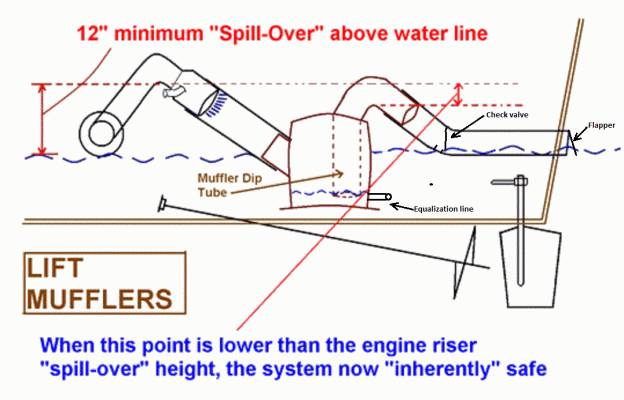albinalaska
Veteran Member
- Joined
- Jun 6, 2020
- Messages
- 94
- Location
- USA
- Vessel Name
- Sea Gypsy
- Vessel Make
- 1979 Albin Trawler 36'
Good morning!
We are out on the hard here in Ketchikan, Alaska getting ready to begin some much needed maintenance and winter work on our new (to us) Albin Trawler 36. I'm trying to up the sea-worthiness game and am curious what the "great-and-all-knowing" forum thinks about raising the exhaust ports on the aft of our vessel.
It's about midline to the water now and served us fine during our delivery trip in August where we brought her up from Seattle (and her entire previous 38 years, no doubt) but we found salt water under the floor boards in the aft cabin (which we are investigating) and its causing us to rethink anything back there thats under the water line.
We are raising thru-hulls in other areas that sit midline with the water as well but wasn't quite sure what the deal was with something like exhaust. Any tips, suggestions, opinions or ideas welcome!
Much appreciated!
We are out on the hard here in Ketchikan, Alaska getting ready to begin some much needed maintenance and winter work on our new (to us) Albin Trawler 36. I'm trying to up the sea-worthiness game and am curious what the "great-and-all-knowing" forum thinks about raising the exhaust ports on the aft of our vessel.
It's about midline to the water now and served us fine during our delivery trip in August where we brought her up from Seattle (and her entire previous 38 years, no doubt) but we found salt water under the floor boards in the aft cabin (which we are investigating) and its causing us to rethink anything back there thats under the water line.
We are raising thru-hulls in other areas that sit midline with the water as well but wasn't quite sure what the deal was with something like exhaust. Any tips, suggestions, opinions or ideas welcome!
Much appreciated!



